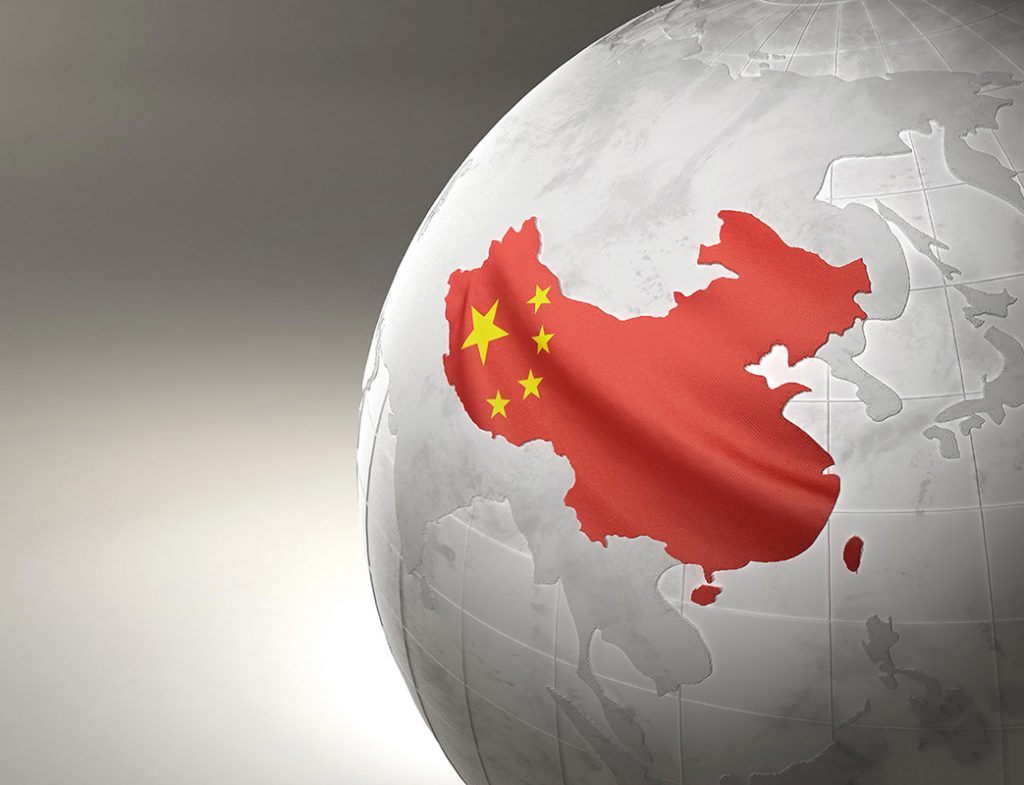Blog

Building Back Better Requires a New Approach to China’s Belt and Road Initiative
As the world seeks to “build back better” from the COVID-19 crisis, and as China seeks a political re-set with the world, China’s Belt and Road Initiative (BRI) must adapt to a new reality. If China embraces and enforces social and environmental standards, its financial support can play a major role in a rapid and sustainable economic recovery in partner countries.
Exactly one year ago, at the largest international summit China ever hosted—the Second Belt and Road Forum—President Xi Jinping declared “We should pursue the new vision of green development and a way of life and work that is green, low-carbon, circular and sustainable.”
Following the economic fallout of COVID-19, delivering on that promise will be all the more critical to make the world economy resilient in the years to come. It will also require real changes in decision-making around how infrastructure projects under BRI are developed, approved, and implemented.
A study by Tsinghua University estimated that with business as usual, BRI countries will produce enough greenhouse gas emissions to result in 2.7 degrees of global warming even if other countries limit their emissions to levels compatible with the 2-degree target. Greening BRI investments in power plants, roads, and other infrastructure is therefore essential to avoiding climate disruption that can increase the frequency of disease outbreaks, amongst other impacts.
In contrast, a sustainable BRI could be a critical part of the broad fiscal stimulus the world now needs to move beyond the COVID-19-induced economic recession. With growing populations, BRI countries will need to invest in green infrastructure to meet their future demand for energy and natural resources. Such investments could drive the job creation and consumer demand we need to re-start the world economy.
The good news is that the importance of “greening BRI” was recognized before COVID-19. For example, the Green Finance Committee of the China Society for Finance and Banking, in collaboration with the City of London Green Finance Initiative, has already developed a set of voluntary guidelines under the Green Principles for the Belt and Road.
Building on this shift, we need to rapidly pivot from high-level rhetoric and general principles to concrete changes in incentives.
Within China, improving compliance with existing standards will require careful attention to political, bureaucratic, and business interests. In a new report, we found that Chinese government agencies often lack the human resources and capacity to enforce environmental safeguards, and fail to coordinate their activities to regulate BRI finance. As a result, Chinese development banks and companies face little pressure to mitigate the environmental footprint of BRI investments.
Similarly, in countries that receive BRI funding, low regulatory capacity hinders environmental impact assessment and enforcement of safeguards. Today, BRI investments rarely go through a state-of-the-art environmental impact assessment or any other public procedure to review and control their local and global environmental impacts. Chinese companies, mostly unconstrained by their domestic government agencies, face few conditions on their investments.
The European Union, United States, and Japan can also contribute to improving enforcement and compliance under the BRI in a number of ways. One avenue of influence is to support host countries in their efforts to monitor, assess, and regulate foreign infrastructure investment. Strategic investment in strengthening institutional capacity and local accountability in all infrastructure finance is needed across the board.
The COVID-19 crisis has exacerbated geopolitical tensions around China’s shifting position in world politics. However, the recovery from the crisis could become an opportunity to build a more stable modus operandi around shared interests. To seize this opportunity, the Chinese leadership will need to match the vision from last year’s Second Belt and Road Forum with concrete changes in how BRI projects are developed, approved, financed, and implemented.
Already China has begun to speak of the “Health Silk Road” as a tool international cooperation to build stronger health systems. With stronger capacity and greater enforcement and implementation of green standards, BRI as a whole could become a powerful driver of exactly the kind of COVID-19 recovery the world needs.
To realize this vision, China should offer financial support, such as low-interest loans, to green stimulus projects, not polluting ones, in BRI countries. This financing would expand trade and investment between China and BRI countries, contributing to a rapid but sustainable economic recovery. This outcome could in turn provide a building block for a more productive and beneficial relationship between China, the United States, and other major powers.
***
Thomas Hale is an Associate Professor in Global Public Policy at the Blavatnik School of Government, University of Oxford.
Chuyu Liu is a postdoctoral fellow at the Initiative for Sustainable Energy Policy (ISEP).
Johannes Urpelainen is the Prince Sultan bin Abdulaziz Professor of Energy, Resources and Environment (ERE) at the Johns Hopkins School of Advanced International Studies. He is also the Director of the ERE Program and the Founding Director of the Initiative for Sustainable Energy Policy (ISEP).
